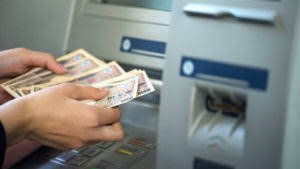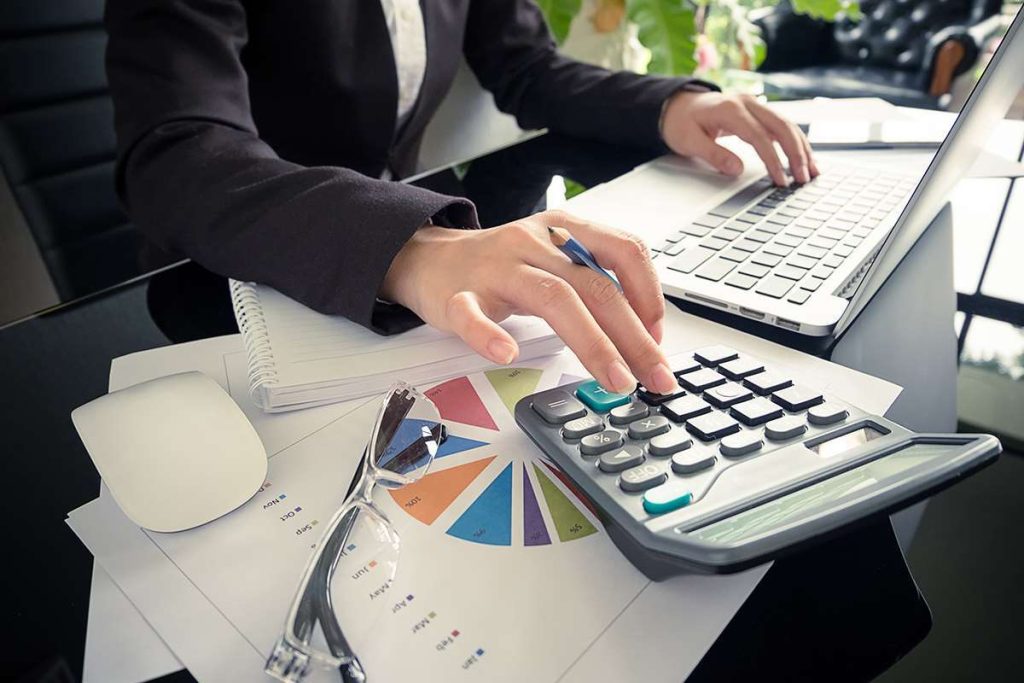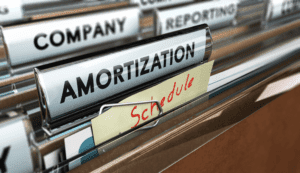
Below are two examples that illustrate how PP&E can vary as a proportion of a company’s overall assets. The examples below compare two companies in two different industries. Whether a company has few or many PP&E assets varies greatly by industry, with capital-intensive industries owning the most. Analyzing PP&E can help you see how a company is managing its capital. Under US GAAP all properties are included in the general category of Property, Plant and Equipment (PP&E), whereas under IFRS, when a property is held for rental income or capital appreciation will be recorded as an investment property.
- At the same time will be more realistic to write off only a portion of the cost each year over the life of the asset, rather than allocating all cost at once when the asset is purchased.
- There can be cases when the adjustment represents the reversal of a revaluation decrease of the same asset previously recognised as an expense, in which case it should be recognised in profit or loss.
- After almost a decade of experience in public accounting, he created MyAccountingCourse.com to help people learn accounting & finance, pass the CPA exam, and start their career.
- Examples include exploration and production, such as energy giant BP (BP), and manufacturers like auto company Ford (F) or steel production company Nucor (NUE).
- She holds a Masters Degree in Professional Accounting from the University of New South Wales.
- You can also get an idea of how the company is approaching its own future and how it is spending in relation to competitors.
- Plant assets are deprecated over their useful lives using the straight line or double declining depreciation methods.
IAS 16 Property, Plant and Equipment

These assets are normally reported on the Balance Sheet at net book value, which is their cost less accumulated depreciation. ZKB, Inc. recently purchased a milk-processing plant at a cost of $28 million. Freight for delivery of the plant components to the installation site amounted to $0.2 million.

Inventory: Read around the foremost common 6 tips for progressing your warehouse centre operations, and stock control.

Generally, the property, plant and equipment assets property, plant and equipment is sometimes called plant assets or are reported at their cost followed by a deduction for the accumulated depreciation that applies to all of these assets except land (which is not depreciated). Included are land, buildings, leasehold improvements, equipment, furniture, fixtures, delivery trucks, automobiles, etc. that are owned by the company. WestJet reports that their aircraft equipment is actually comprised of several components.
More about IAS 16
- The method in which the asset has been financed has an impact on the financial viability of the company.
- According to IAS 16.66, impairments or losses on PP&E, any related third-party compensation claims or payments, and costs for replacement asset acquisition or construction are distinct economic events.
- Each fixed asset has a certain useful life, i.e. number of years for which the fixed asset is expected to generate economic benefits through continued use.
- Current assets are short-term assets like inventory and are likely to be converted into cash within one year.
- Such costs are part of the gain or loss on disposal of the old machine.
PP&E is measured using historical cost, or the actual purchase cost. When purchasing a building for retail operations, the historical cost could include the purchase price, transaction fees, and any improvements made to the building to bring it to use. As WestJet continues to expand its fleet into new types of aircraft, it https://www.bookstime.com/ will be important for management to consider their accounting policies carefully with respect to their property and equipment. With such a significant investment in non-current assets, accounting decisions regarding the identification of asset components can have a profound effect on reported income.
- Examples include buildings, undeveloped land, machinery, and vehicles.
- The name plant assets comes from the industrial revolution era where factories and plants were one of the most common businesses.
- Analysts or potential investors will often look at a business’s PP&E to see how and where the company is spending its money in relation to its fixed assets.
- Property, plant and equipment is the long-term asset or noncurrent asset section of the balance sheet that reports the tangible, long-lived assets that are used in the company’s operations.
- Typical assets that are included in property, plant and equipment are land, buildings, machinery, equipment, vehicles, furniture, fixtures, office equipment, etc. which are used in the business.
- In May 2014 the Board amended IAS 16 to prohibit the use of a revenue‑based depreciation method.
Disclosures requirement for IAS 16 property, plant, and equipment.

IAS property, plant, and equipment encourages (but does not require) entities to disclose additional information. Salvage value is the amount that an asset that is expected to be worth at the end of its useful life, after it has been fully depreciated. Shaun Conrad is a Certified Public Accountant and CPA exam expert with a passion for teaching.
This is useful because it allows them to have an up-to-date view of the value of their business, but it also allows them to properly calculate the tax liability for their business assets. The method in which the asset has been financed has an impact on the financial viability of the company. Whether this has been done through available cash, or the asset is financed through debt or equity. Companies don’t generally sell their PP&E but if they are in need of money they can sell some types, such as buildings, land, etc. Overall, resale scenarios depend greatly on the type of PP&E assets a company has.

What is PP&E?
This basically means https://x.com/BooksTimeInc that they have a fixed number of years where they will hold economic value to the company. This is the value that is remaining once the asset’s useful life comes to an end. Property, plant, and equipment (PP&E) are tangible or physical assets.
Another characteristic of property, plant, and equipment (except land) is that these assets depreciate and are often difficult to convert into cash. Salvage value (also called scrap value or residual value) is the expected value a fixed asset will have at the end of its useful life. Property, plant and equipment includes bearer plants related to agricultural activity. The depreciation expense should have the opposite effect, so we must confirm that depreciation reduces the carrying value.